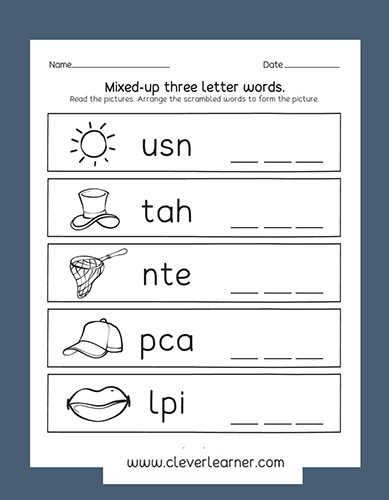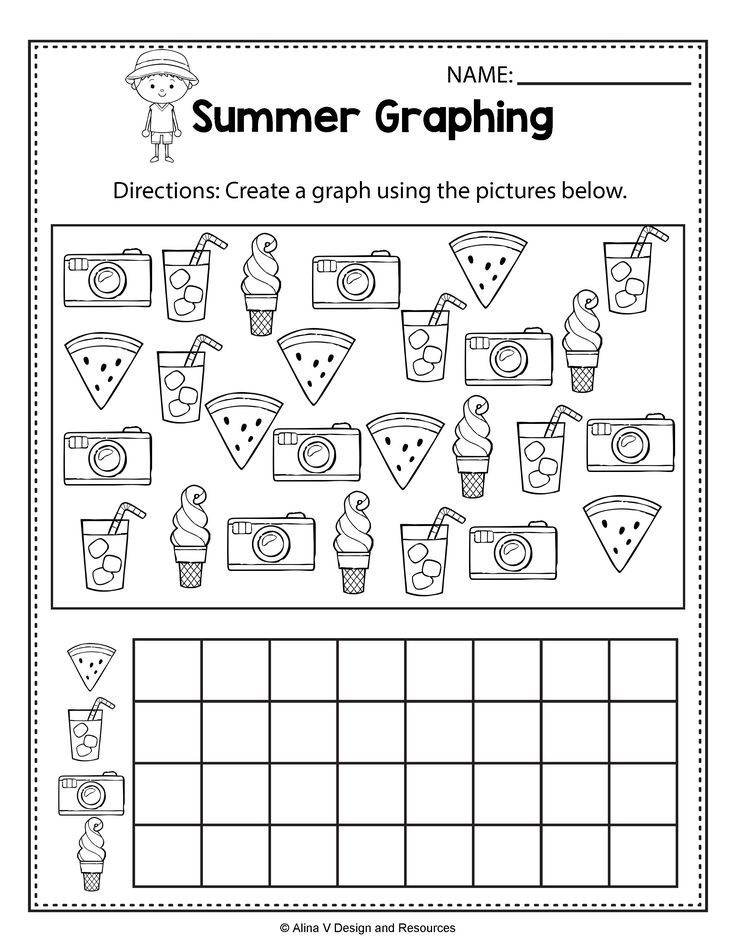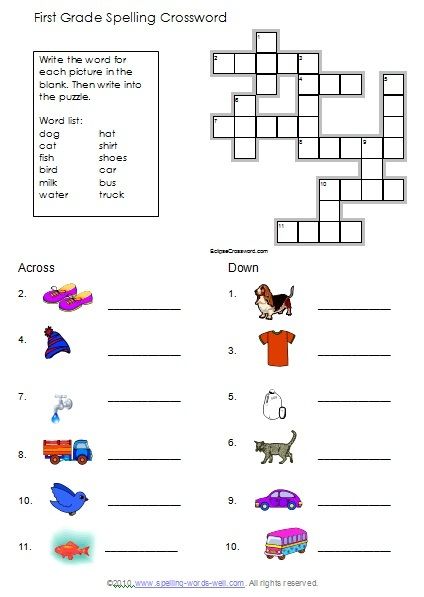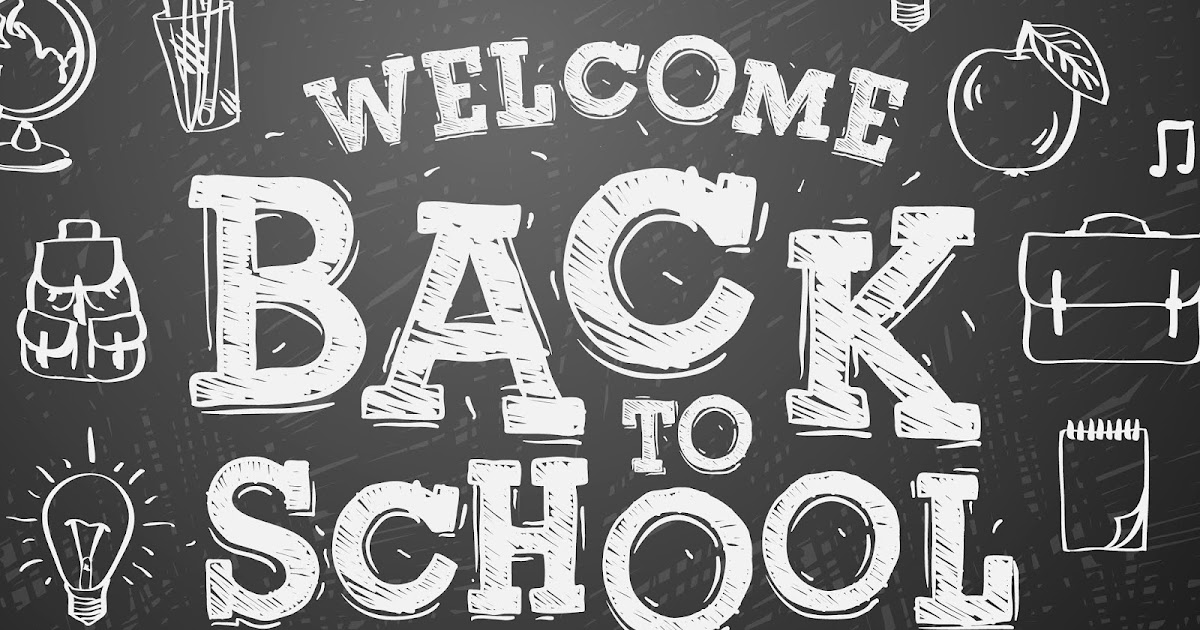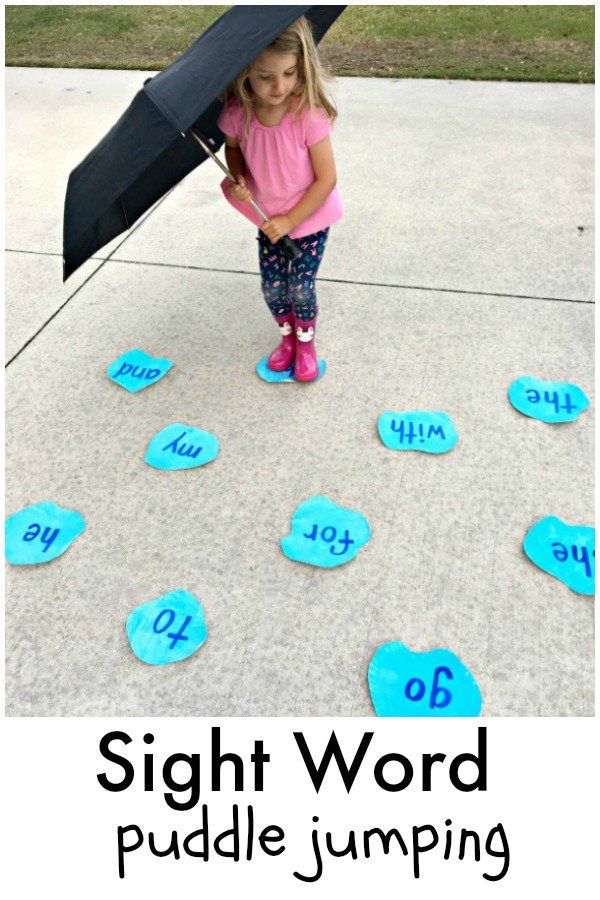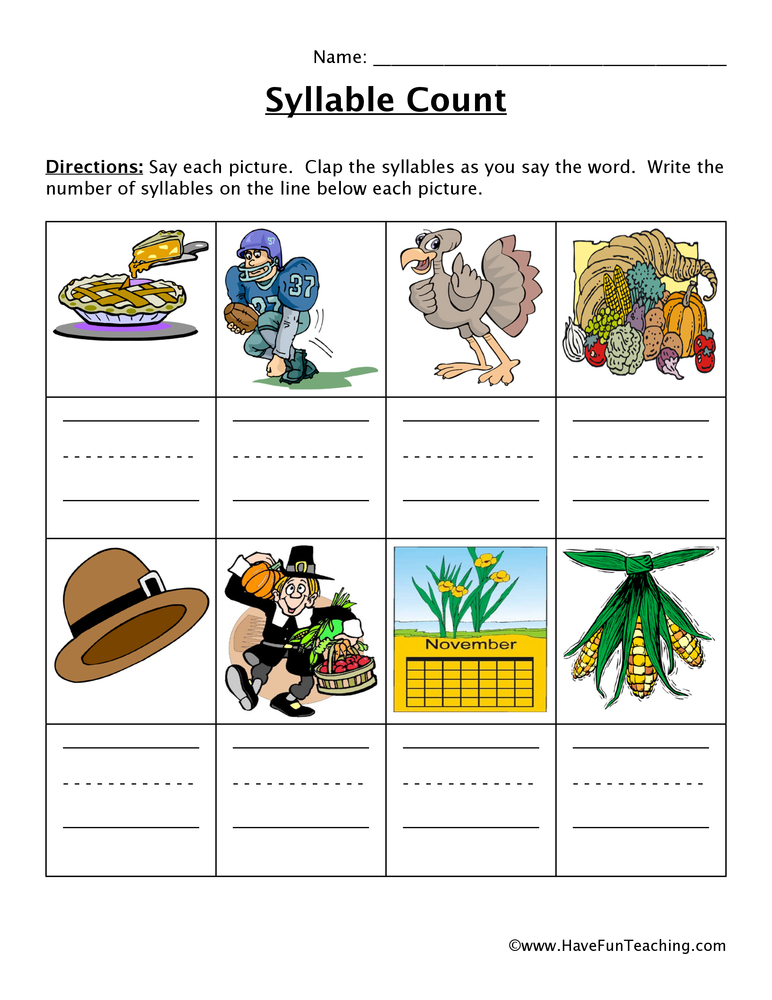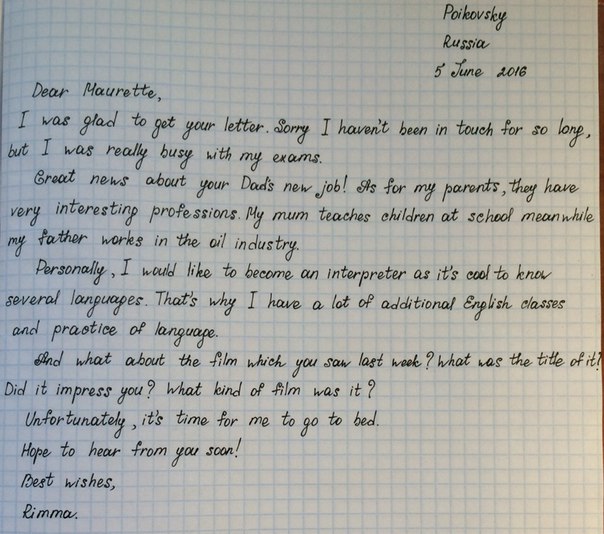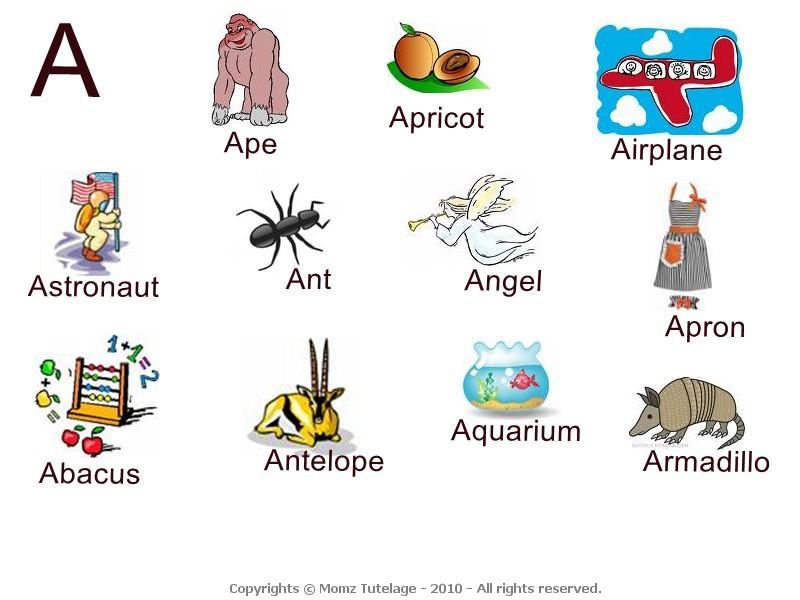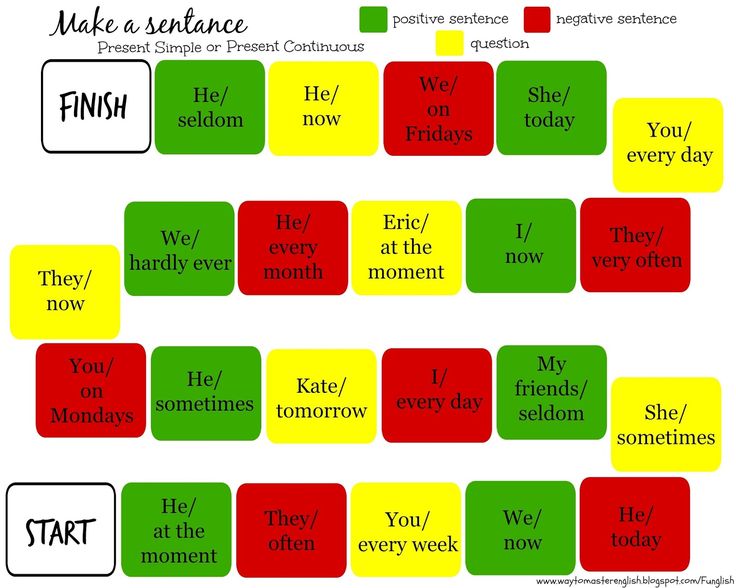Learn to write letter a
An Introduction to Letter Writing
By: My Child magazine
Introduction
Letter writing is an essential skill. Despite the prevalence of emails and text messages, everyone has to write letters at some point. Letters of complaint, job applications, thank you letters, letters requesting changes or making suggestions — the list goes on and on. Encouraging children to write letters from an early age will improve their communication, social and handwriting skills, and teach them what they need to know about writing and structuring letters.
In this article:
What's so special about receiving a handwritten letter?
Quite apart from curriculum requirements, being asked to write letters is a task that will appeal to children. The sheer fun of sending and receiving letters appeals to every child. There is something special about putting letters into the post box and then having letters delivered by the postman… the brightly colored stamps, seeing your name on the envelope and knowing that inside is a long awaited letter from a friend or member of the family.
It shows someone cares and has taken the time to sit down and think about you.
Handwritten letters have a charm of their own. You can take time to think about what you want to say. You can keep letters to read again and again. You can admire the handwriting; share dreams and thoughts. Responding by letter is very different to the immediacy of a text message or an email.
Back to Top
Activity 1: Warming up to letter writting
Use the above themes to encourage the children to discuss letter-writing. Ask the children to put their hands up if they have ever received a personal letter. Ask for one or more volunteers to talk about how they felt to receive the letter. Here are some initial questions that may help:
- What was in your mind as you read the letter?
- Did you keep the letter to read again?
- Did you share your letter with anyone?
- Did you write back?
And some questions for whole class or group discussions:
- Can the class describe any differences between the handwritten letter and an email?
- Do the children think there is ever a time when only a handwritten letter will do?
Ask the class to interview each other to find out each individual's experiences of writing and sending letters.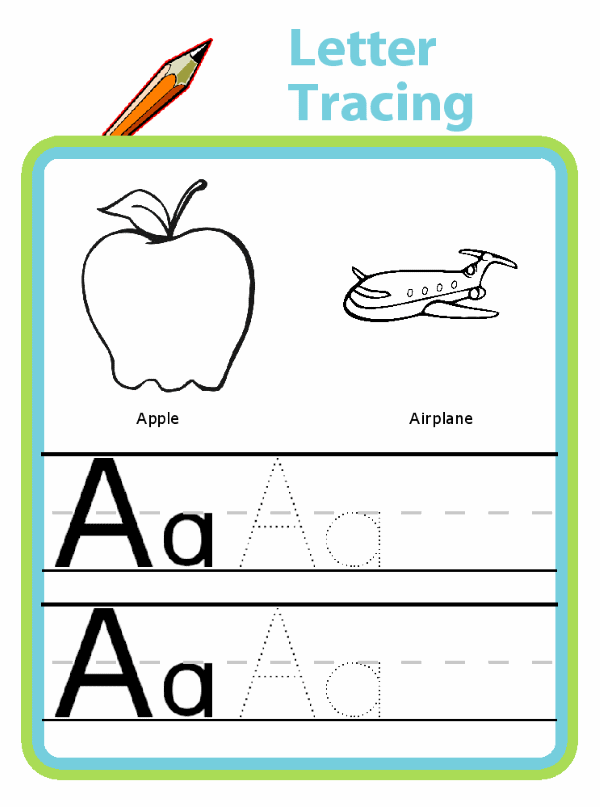 This can be recorded in a chart.
This can be recorded in a chart.
Back to Top
Activity 2: Introducing letter writing
Collect a supply of different types of letters — both formal and informal. Ask the children to sort them out into two groups. Which were written to friends? Which are formal letters from businesses? Which features or characteristics distinguish formal from informal?
Having done that ask the children to look for differences between the two groups. This allows a discussion to take place about the different types of letter. Draw up a chart for each group covering:
- Address — business or private?
- Greeting — formal or informal?
- Style of letter — friendly or business?
- What is the message?
- How does the letter end?
This will allow the children to find out for themselves the differences between formal and informal letters.
This could be followed by a discussion of the type of letters the children or their families write. How many occasions can they think of which would deserve a letter to be written? For example:
How many occasions can they think of which would deserve a letter to be written? For example:
- Letters of congratulation
- Exchanging news
- Writing to friends
- Letters saying sorry for doing something wrong
- Making appointments
- Asking for information
- Dealing with banks or stores
- Letters to family members who live some way away
- Letters to Santa Claus
- Thank you letters
- Letters showing how much you appreciate someone
- Letters responding to someone who has had bad news — showing how much you care by trying to share their sadness
- Letters of complaint
- Letters to newspapers and magazines
In each case the children should decide what type of letter would be most appropriate in each case — formal or informal? Draw up a chart for each group.
Back to Top
Activity 3: Formal letters
These are sometimes known as business letters. They are written in a strictly formal style.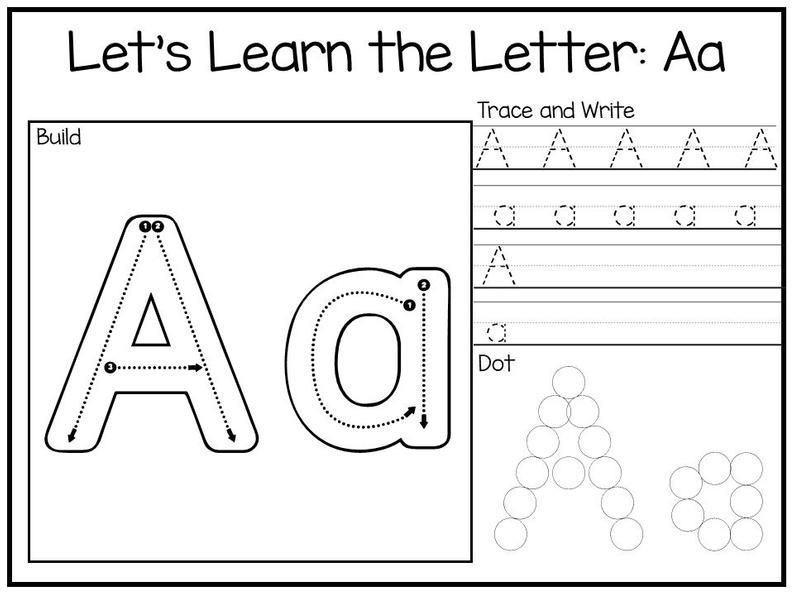 Such letters are always written on an A4 (8" x 11") sheet of paper. They can be folded three times so that the address to which the letter is being sent can appear in the window of a business envelope. The layout is always the same.
Such letters are always written on an A4 (8" x 11") sheet of paper. They can be folded three times so that the address to which the letter is being sent can appear in the window of a business envelope. The layout is always the same.
Structure:
- The senders address is put at the top right hand side
- Include telephone number and email if available
- The address of the person receiving the letter goes on the left hand side below the sender's address
- The date
- Greeting — Dear Sir or Madam. You can use the titles Miss, Mrs. or Mr. if you know the name of the person to whom you are writing
- The message
- Complimentary close — Yours faithfully or Yours sincerely
- Signature
- Write name in block letters (this is to ensure that the person receiving the letter knows exactly who has sent it. Signatures may not be very clear)
Back to Top
Activity 4: Informal letters
These are letters to friends and relations, or people you know well.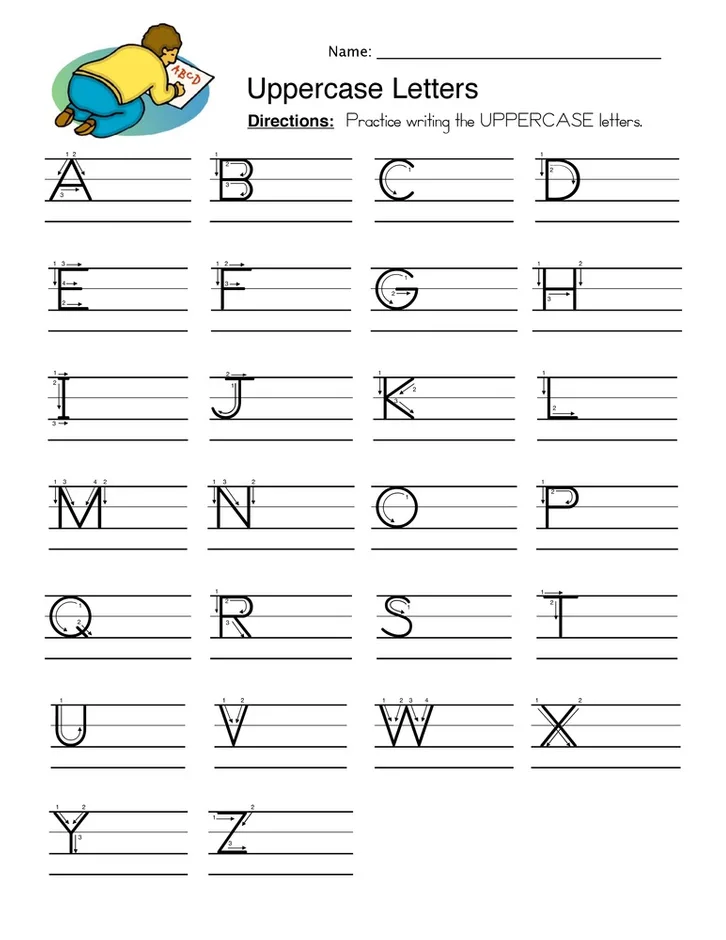 Structure:
Structure:
- The sender's address should always appear on the top right hand corner of the page.
- Include telephone number and email if available
- Greeting — There are several variations that can be used depending on how well you know the person: Dear Mary, Hi Mary, Greetings
- Complimentary close — short comment, for example Love, Lots of love, With thanks, See you soon
Tips for writing good letters
- Make sure that they are well written. It can be very annoying for someone to have to struggle to read handwriting. Always use your best and clearest handwriting.
- Make sure all your contact details are clearly written down at the top of the letter. If they are not, then you might not get a reply. The correct address is essential.
- Think about what you want to say. If necessary make some notes on a separate sheet of paper first. This will ensure that you do not forget anything.
- Think about to whom you are writing the letter.
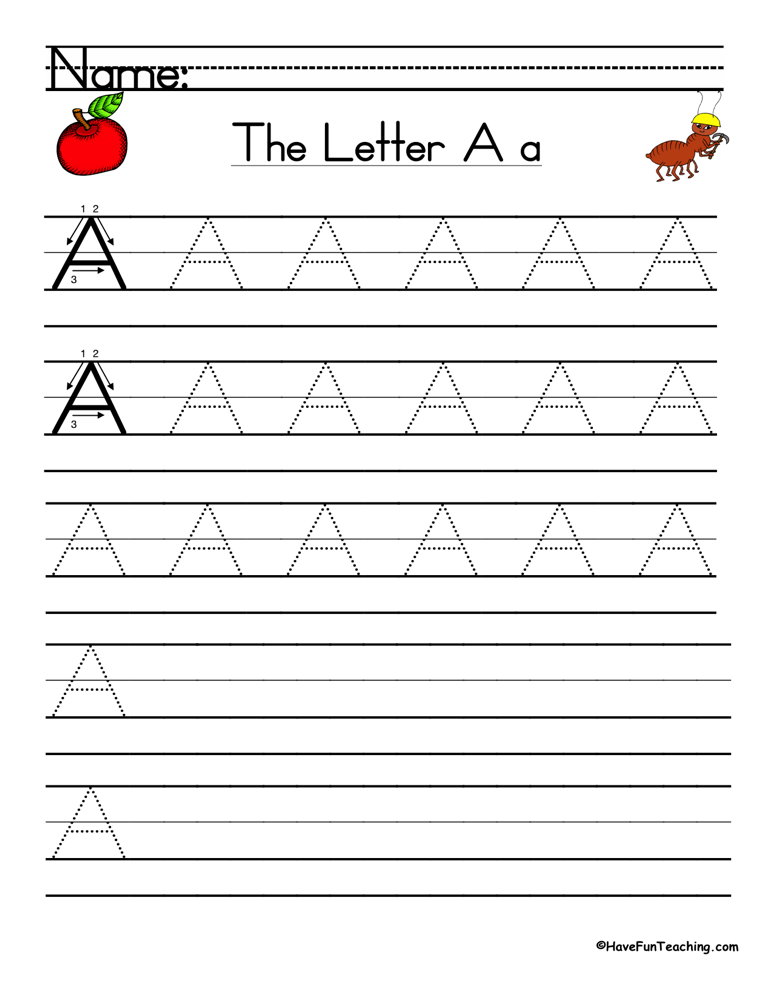 Use the right style of writing and language — formal or informal, business like or friendly.
Use the right style of writing and language — formal or informal, business like or friendly. - Lay out your letter using paragraphs. This makes it easier for the reader.
Back to Top
Activity 5: Letter of inquiry and letters providing information
Suitable for school, children ages 7-9
These are formal letters and messages need to be precise and detailed, covering all the required information. Two types of letters can be undertaken — a letter requesting information; and a reply providing it.
Out in the Milky Way, there is an alien curious about Earth. He writes a letter asking for information about liquids and gases. These do not exist on his planet and he finds it hard to understand what they are.
Write a letter explaining what liquids and gases are. How do they work? What examples could be included? What would be confusing about them? This could link to your science curriculum and could act as a revision exercise giving an opportunity for a discussion about gases and liquids.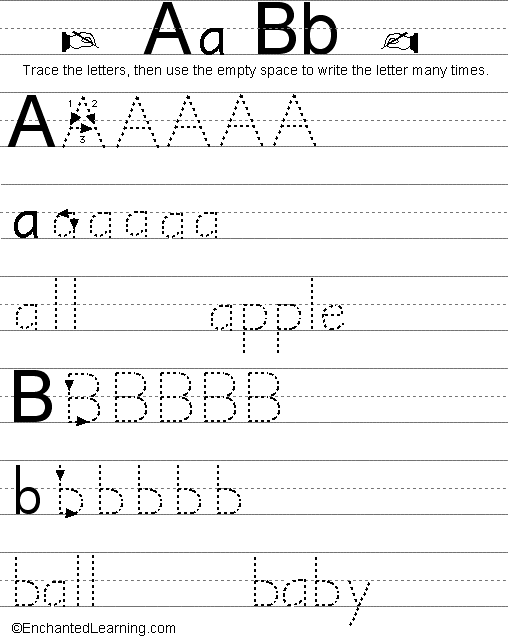
The following day, give the children a thank you letter from the alien!
You could link up with another class in the school. One class could write letters of inquiry. These would be delivered to the second class for answering.
Back to Top
Activity 6: Thank you letters
Suitable for school, children ages 5-7 and 7-9
Thank you letters are very important and can be used in lots of ways: thanking organisations for helping, thanking people for helping you, thanking someone for a lovely time. They make a good follow up exercise after receiving presents or going on a visit.
Your class has just been out on a school visit to a farm. Write a thank you letter to the farmer. You will need to say thank you and how much you enjoyed the visit. Give some examples of what you enjoyed best about the day? Was it feeding the lambs? Pond dipping? Seeing the young animals?
Back to Top
Activity 7: Letters of invitation
Suitable for school, children ages 5-7 and 7-9
Everyone likes receiving invitations.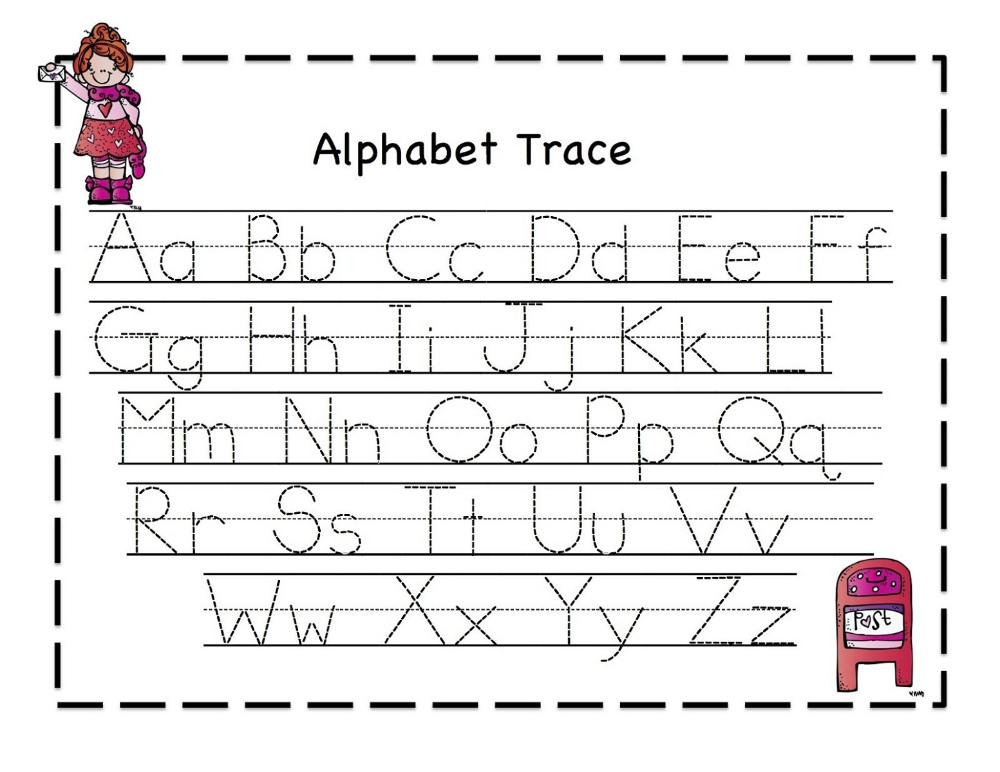 Receiving a hand written letter asking you to a party or a special event makes you feel very special.
Receiving a hand written letter asking you to a party or a special event makes you feel very special.
Discuss what type of event might create a need to write letters of invitation. There are plenty of examples — birthday parties, Christmas parties, a visit to a beach with friends; going out to a farm or to the cinema, a wedding or when a new baby is christened; or simply inviting a friend to stay overnight at your house.
Choose a special event and write a letter inviting a friend. What do you need to include in the letter so that they have all the necessary information? You need to be clear on the date and the time, as well as the location. Your friend would be very upset if he or she went to the wrong place. Does he or she need to bring anything with them? Does he or she need to be collected at a set time? Will outdoor clothing be needed if the weather is bad? How will your friend reach the location of the event? Should a parent bring them or will you provide transport?
Remember to ask them to reply saying yes or no.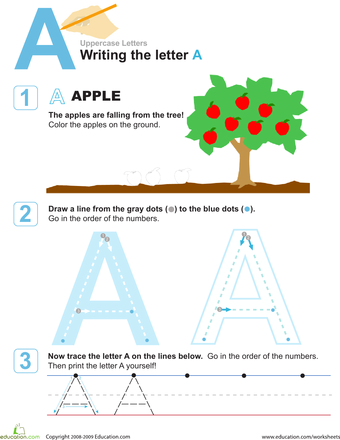 Give a date by which you must have their reply. This is important if food and drink are being provided, or if you need to know exactly how many people are coming.
Give a date by which you must have their reply. This is important if food and drink are being provided, or if you need to know exactly how many people are coming.
Back to Top
Activity 8: Letters of complaint
Suitable for school or home, children ages 5-7 and 7-9
When might a letter of complaint be sent? It might be when someone has done something wrong. Sometimes people write letters to organisations or the newspapers to complain about litter or poor service.
Just imagine what Mr. Bear must have been thinking at the end of the story of Goldilocks and the Three Bears. A naughty girl had broken into his home, eaten his porridge; broken a chair and then gone to sleep on his child's bed. Then she had run away without even saying sorry when the bears came back.
Write a letter of complaint from Mr. Bear to the parents of Goldilocks. What would he say? He would need to get his complaint across very strongly. There would be a list of Goldilocks' misdeeds.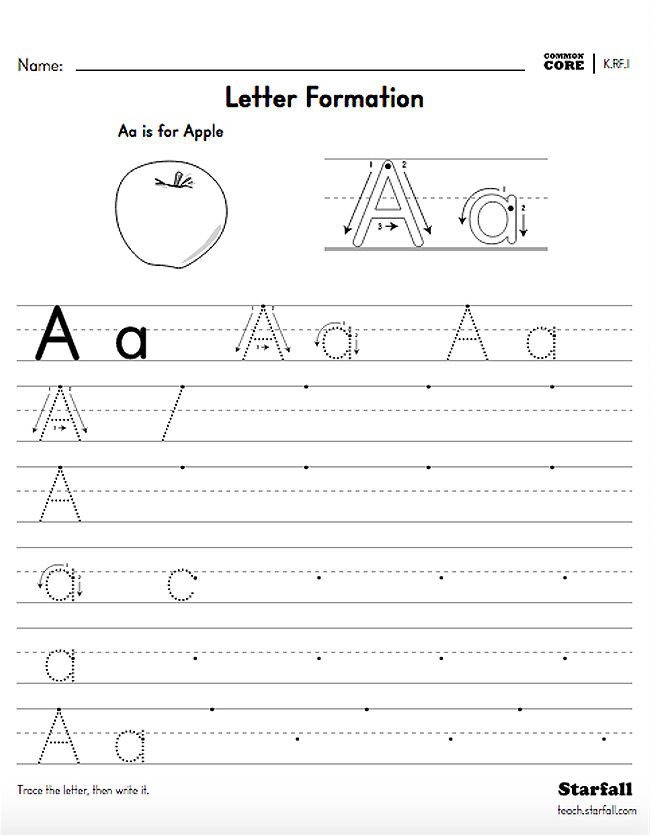 He would ask for an apology. Would he ask for payment for the broken chair? Would he ask for action to be taken against Goldilocks? Discuss the various possibilities with the children. What might he ask? Would it be a formal or informal letter?
He would ask for an apology. Would he ask for payment for the broken chair? Would he ask for action to be taken against Goldilocks? Discuss the various possibilities with the children. What might he ask? Would it be a formal or informal letter?
Back to Top
Activity 9: Letters to Santa
Suitable for school, children ages 5-7 and 7-9
Every year children write letters to Santa Claus, asking for special toys at Christmas time. But how many children think about Santa Claus himself? What is his life like? What are the problems of living amid all that snow and ice?
This is an exercise that could involve two classes within a school. Both classes should prepare for the task by listening to some unusual letters. J R Tolkein wrote a lovely book entitled Letters from Father Christmas. Every December a letter would appear telling wonderful tales of life at the North Pole — how the reindeer got loose and scattered presents all over the place; how the accident-prone Polar Bear climbed the North Pole and fell through the roof of Santa Claus's house.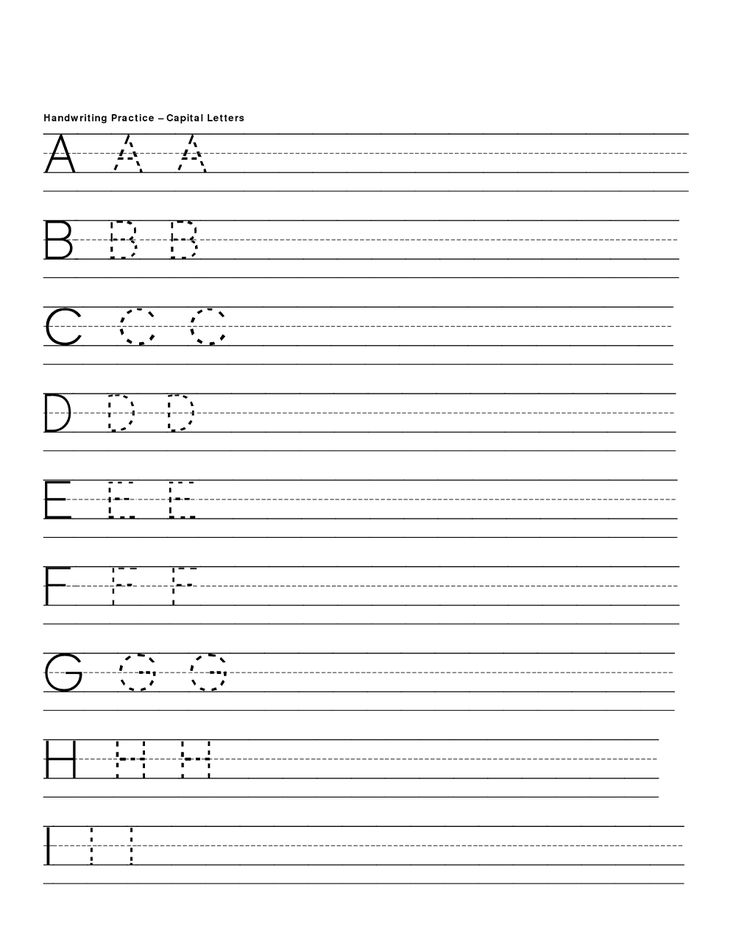
Children in the younger class should write letters to Santa. They should ask about life at the North Pole. What do they think it is like? What sort of characters live there? How does Santa Claus occupy his time for the rest of the year? Consider how they would feel living in a land of snow and ice all year round? Would they want a holiday somewhere warmer?
Once the letters are written, gather them up and take them to an older group of children. Give each child a letter and ask them to write a reply. This would give them the opportunity to use their imagination and create imaginative responses, possibly little stories about life at the North Pole. They could also add in their own ideas. But care should be taken to make sure that all the questions in the original letters are answered.
Finally, take the answers back to the original class for reading and discussing.
Back to Top
Activity 10: Letters to newspapers and magazines
Suitable for school, children ages 7-9
These are letters that aim to pass on an opinion or a message.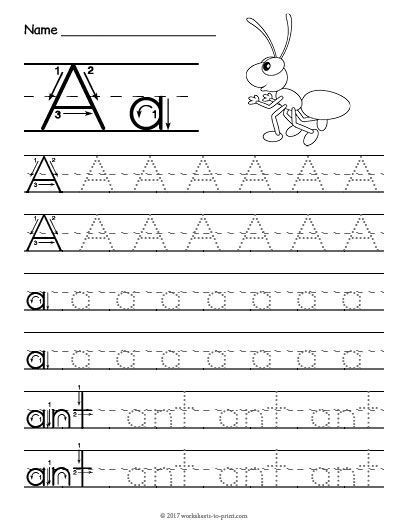 Examples can be easily obtained from local newspapers or from children's magazines such as DK Find Out or Aquila. They are written slightly differently to normal letters and are always addressed Dear Sir, or Dear — (name of magazine).
Examples can be easily obtained from local newspapers or from children's magazines such as DK Find Out or Aquila. They are written slightly differently to normal letters and are always addressed Dear Sir, or Dear — (name of magazine).
These are letters that are directed at a wide audience — anyone who happens to read it. The sender never gets a direct letter back through the post. Sometimes people are so interested in a letter, which has appeared in a magazine that they want to express their opinions. So they then write a letter to the magazine giving their comments.
So what might go into a letter to a newspaper or magazine? It might be a request — could you provide more stories about skate boarding, or nature? It might be a way of thanking people for providing help. Sometimes letters to local newspapers are used to thank people who helped find a lost dog or help after an accident; but who did not leave their names. By writing to the paper, the sender hopes that the message will reach the people concerned.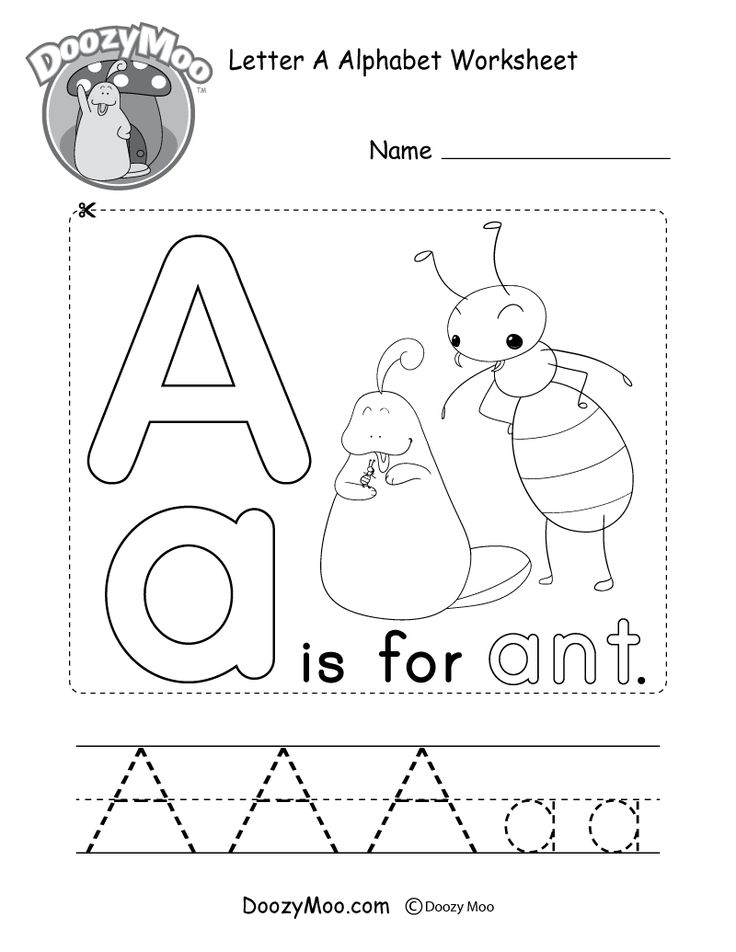 Sometimes such letters are used to express opinions such as on climate change, treatment of animals, poor services, not enough buses, and human rights.
Sometimes such letters are used to express opinions such as on climate change, treatment of animals, poor services, not enough buses, and human rights.
Letters of this kind need to be very precise. Arguments should be clearly made. Requests for action should be clearly indicated. From reading the letter, everyone should know exactly what the sender is asking.
A major issue is recycling and energy conservation. Everyone is trying to reduce the amount of energy we use. Look at all the reasons why energy conservation is so important. Then, write a letter to a paper or magazine saying why you believe we should avoid wasting energy. Give examples of how energy can be saved? What measures should we take in our homes or schools? Could anything more be done?
Back to Top
Browse Writing Letter Educational Resources
Entire LibraryPrintable WorksheetsGamesGuided LessonsLesson PlansHands-on ActivitiesInteractive StoriesOnline ExercisesPrintable WorkbooksScience ProjectsSong Videos
408 filtered results
408 filtered results
Writing Letters
Sort byPopularityMost RecentTitleRelevance
-
Filter Results
- clear all filters
By Grade
- Preschool
- Kindergarten
- 1st grade
- 2nd grade
- 3rd grade
- 4th grade
- 5th grade
- 6th grade
- 7th grade
- 8th grade
By Subject
- Coding
- Fine arts
- Foreign language
- Math
Reading & Writing
- Leveled Books
Reading
Early Literacy
- Concepts of Print
- Early Writing Practice
Writing Letters
- Writing Names
- Picture Comprehension
- Communicating Through Symbols
- Alphabet
- Reading Comprehension Strategies
- Reading Genres and Types
- Writing
- Grammar
- Science
- Social emotional
- Social studies
- Typing
By Topic
- Arts & crafts
- Coloring
- Holidays
- Offline games
- Seasonal
By Standard
- Common Core
Search Writing Letter Educational Resources
Young students can train their hands and fine motor skills with support from the Learning Library's tools on writing letters.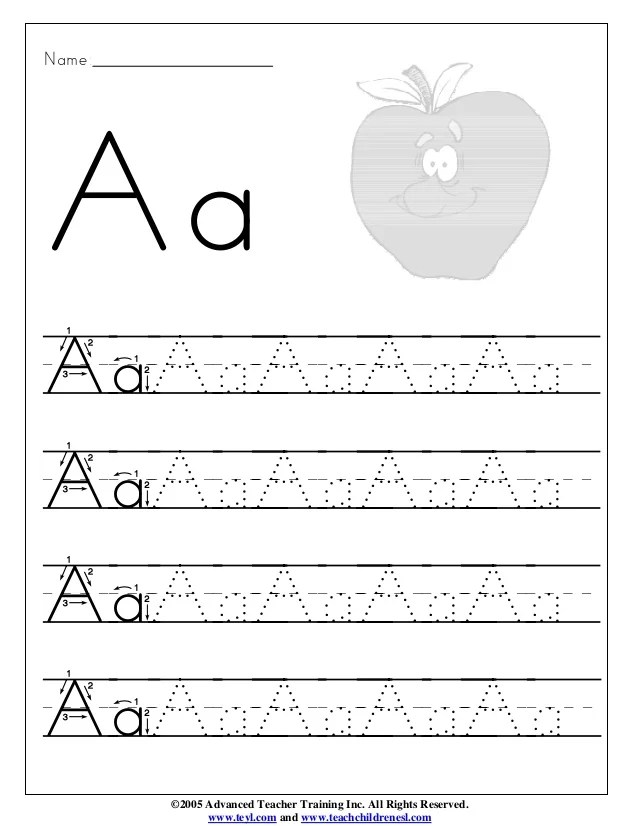 The ABCs are broken down into simple steps so kindergartners learn to build letters line by line. There is a large supply of tracing assignments, lessons on letter sounds, and much more that familiarize kids with the 26 little letters that create a robust language.
The ABCs are broken down into simple steps so kindergartners learn to build letters line by line. There is a large supply of tracing assignments, lessons on letter sounds, and much more that familiarize kids with the 26 little letters that create a robust language.
Simple as ABC: Writing Letter Resources
In preschool through first grade, young students learn their ABCs, the building blocks to the world's greatest novels, moving speeches and profound poetry. It all starts with mastering each letter, its sound and shape. The Learning Library provides alphabet writing resources for new students to practice this powerful fundamental.
Handwriting may be a dying art form now that keyboards have largely replaced pencils. But there are still many instances where penning words down occurs, like when filling out a doctor form or writing a personal letter. Recognizing letter shapes is essential for reading, too. Education.com provides printable worksheets and teacher-created lesson plans that teach specific letters, such as Practicing P and Z is for Zookeeper.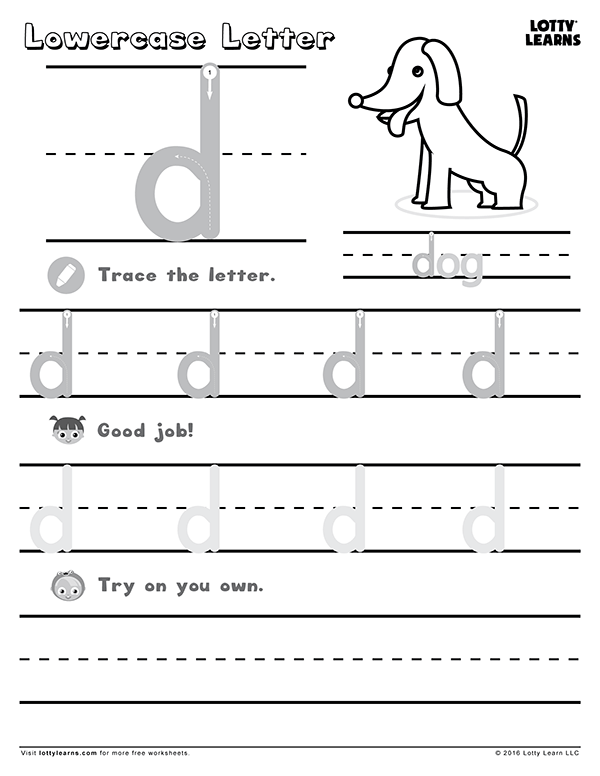 A preparatory lesson plan, Get Ready to Write! trains students' hand coordination and finger strength by instructing them to write different lines that commonly appear in letters.
A preparatory lesson plan, Get Ready to Write! trains students' hand coordination and finger strength by instructing them to write different lines that commonly appear in letters.
Kids can leave the pencil and eraser at home and practice letter writing digitally with the resource center's online games that include a look at short A, E and U. An active hands-on activity, Fine Motor Practice, includes different exercise stations that smooths small-scale coordination capabilities, such as stringing beads and cutting paper with scissors. Guided lessons and printable workbooks on writing the alphabet can also be accessed in the library. Students will be masters of the alphabet—from A to Z—with Education.com's writing letter resources.
| Create conditions for the formation of the ability to write capital and lowercase letters A , a ; use a capital letter in writing; promote the development of motor skills, phonemic hearing; contribute to the education of accuracy | |||||||||||||
| Type of lesson | Solution of the learning problem | ||||||||||||
| Planned | Compare lowercase and uppercase, printed and written letters; perform syllable-sound analysis of words with sound [a]; use a capital letter in proper names | ||||||||||||
| Personal results | Accept and master the social role of the student; understand the motives of learning activities and the personal meaning of learning | ||||||||||||
| Universal |
Cognitive: general educational - use sign-symbolic means to solve a learning problem; logical - compare letters according to specified criteria, syllable-sound analysis of words. Communicative: show a willingness to listen to the interlocutor and conduct a dialogue, recognize the possibility of various points of view and the right of everyone to have their own | ||||||||||||
| The main content of the topic, concepts | 9000 |||||||||||||
| Educational | 1. Car (toy). 2. Presentation by letter [Electronic resource]. – Access mode: http://mentemirova.my1.ru/news/1-0-1 | Forms, | Teacher activities 4 Teacher activities
| Type and shape | Welcome. | Greeting teachers, each other, checking readiness for the lesson, emotionally tune in to the lesson | Listen carefully, give an internal setting for the lesson | Individual. Checking readiness for the lesson | |||||
| II. Statement of learning problem | Frontal Verbal. Introductory speech of the teacher | - Today we will go on a journey through the country of writing, where you will learn how to write letters beautifully and correctly. The guys are announced, That the train is leaving, Immediately leaves From Moscow station To the first letter - A . S. Marshak – What do you think, what first letter will we learn to write? | Listen carefully answer the question: - letter A | Accept | |||||||||
| III. Updating of basic knowledge. Conversation. Selection | Frontal Verbal. Conversation | - In the lesson of literacy, you met the letter A . What did you find out about her? Letter A , letter A - Alphabet head. V. Stepanov | Listen to the teacher. | Reproduce information from memory. Correlate the guessed word with the model diagram | Frontal. Oral answers | ||||||||
| words to the scheme-model of word | - Think about what knowledge and skills you will need to learn how to write letters beautifully? - Letter A doesn't want us to travel – We are offered another transport. Here is his If the children do not guess the word right away, you can 1. A tree with fragrant flowers. Name the third sound and letter. 2. Summer month. Name the second sound. 3. A store that sells drugs. Name the third sound and its solid pair. 4. Southern fruit. Name the last vowel. 5. Precious stone. Name the third sound. 6. A short funny story. Name the last vowel. 7. Large ocean bird. Name the first consonant solid sound. 8. Performance announcement. Name the vowel sound, but not [a]. 9. Large predatory marine fish. Name the second consonant and its soft pair. 10. Mountain climber. What makes the sound [l ’] soft? – How shall we set off on our journey? | Answer the question. - In the word train there is no sound [a], nor the letter but . 1. acc A sion. 2. a B thick 3. an T eca. 4. Abrik O p. 5. al M az. 6. anecd O t. 7. al B atros. 8. af and sha. 9. aku L a. 10. al b pinist. - By car Assimilation of new knowledge and ways of 1. Finger gymnastics | Frontal individual. Practical, verbal. Exercise for the development of | - Prepare your hand for writing. Let's perform finger gymnastics "Fist - rib - palm." | Perform finger exercises. Three positions on the table plane: cam, | Attentively | Individual. | ||||||
| 2. Rules for sitting at the table while writing | Individual. Practical | – Check fit, handling rules | Show how to sit | Correct posture when writing, handle correctly | Individual. Checking the correct fit when writing, correct handling of the pen | ||||||||
| 3. Work in "Recipe 2" (p. 3). Analysis of the outline of the lowercase letter and . Lower case letter a | Frontal individual. Practical, demonstrative, verbal. Explanation with support | With the letter A you are not kidding, She looks serious. This letter, mind you, Opens the alphabet! T. - Our miracle car took us to the letter A . Let's learn to write lowercase and uppercase letters. - Look at lowercase and . What | Listen to the teacher. Consider a lowercase letter and , name what elements it consists of, Examine | Correctly | Individual. Checking the correct orientation of in the operating line. Correct | ||||||||
9000 round stick).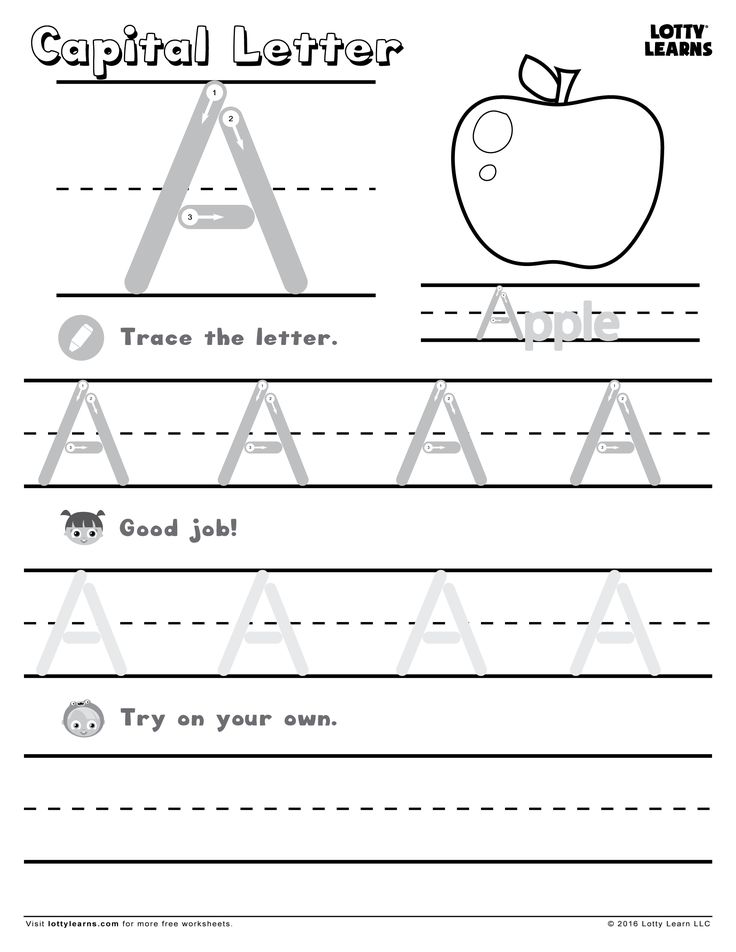 - Start writing the letter and is slightly below the top line of the working line, draw a rounded line to the left to the top line of the working line, round down to the bottom line, then draw an oblique line through the letter's beginning point to the top line. Without separation, we lead down the second element of - Let's write a letter in the air. - Use the reverse end of the pen to write exactly - Let's write the combination aa . - At home, you can practice writing a lowercase letter a | the second element is a rounded stick. Perform the letter Letter letters and under the account. Letter aa | letter, they are correctly called | |||||||||||
sound analysis of words.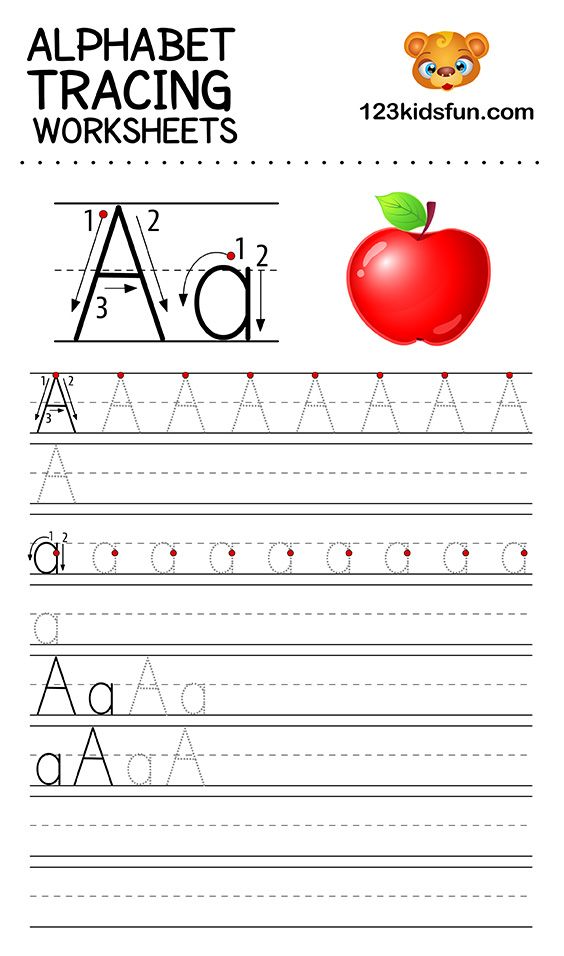 0031 ("Recipe 2", p. 3) 0031 ("Recipe 2", p. 3) | Frontal individual. Verbal, practical. Conversation, work | - The letter and is missing in the words. Enter her. - Consider the word scheme mother . - How many syllables are there in a word? – Which syllable is stressed? - How many sounds are there in the first syllable? - What is the first syllable made of? Analyze other words in the same way | Enter – Two. – First. – Two. – From consonant-vowel fusion | Perform syllable-sound analysis of words, correlate written words with the schema-model | Individual. Performing syllable-sound analysis of words | ||||||||
| Physical education minute | Collective, individual. Practical | Stork – Stork, long-legged stork, Show me the way home. - Stomp with your right foot, Stomp with your left foot. Again with the right foot, Again with the left foot. After - with the right foot, Then - with the left foot. Then you will come home! | Perform movements according to the text of the poem | Prevent fatigue | Frontal. Correct | ||||||||
| 5. Work in "Recipe". Analysis of the style of the capital letter | Frontal individual. Practical, demonstrative, verbal. Explanation based on demonstration, conversation, letter | - Outline the twigs with leaves. – Capital (capital) letter A consists of three elements Letter letters A by elements. - We begin to write the letter A from the bottom, just above the bottom working line, slightly round to the right and lead obliquely upwards: before reaching the next line, we lower the line towards ourselves, without taking our hands off, we begin to write a loop. Let's go up a bit on what has been written. And then we take it to the left, round it and cross the first part of the letter, bend the loop to the right, crossing what is written, we lead to the connection with the next letter. - Let's write the letter A by elements: in the air, | Outline the branches with leaves. Consider the capital letter A , prescribe the elements of the letter, the letter A | Analyze the sample of the studied letter, highlight the elements in the capital letter. | Individual. Checking the correct orientation in the working line. Correct naming and spelling of elements and capitalization A | ||||||||
| -You can train at home in writing | |||||||||||||
|
000 VT. 1. Syllabic-sound analysis of words | Frontal individual. Verbal, practical. Conversation, work | - The letter and is missing in the words. Enter it. - Consider the word scheme Anna . - How many syllables are there in a word? – Which syllable is stressed? - How many sounds are there in the first syllable? - What is the first syllable made of? Other words are analyzed in the same way. – Two. – First. – Two. – From a vowel and a consonant, not a fusion | Write proper names correctly. Perform syllable-sound analysis of words | Individual. Performing syllable-sound analysis of words | |||||||||
| 2. Capital letter in proper names | Frontal Verbal. Conversation | - Why do you need a capital letter? With a capital letter, without a doubt, Starting a sentence, Name of mother, father, daughter, To highlight them in the line. letters we write neatly, To make it clear to everyone | - people are written with a capital letter | Explain | 9000 |||||||||
| VI. | Frontal Verbal. Conversation | - Letter A is satisfied with your work. And you? – What happened? What else needs to be worked on? Did you like visiting the letter A ? | Answer the teacher's questions | Evaluate their work in lesson | Front. Oral answers | ||||||||
Learning to write the letter "A" - Nachalka.Online
Heading: Author's developments
I want to tell you how I teach my pupils to write, namely, to write letters. Today we will learn how to write the letter "A".
Those who are already familiar with my numbers have noticed that I divide any number into light components. We do the same work with letters. Children love to prescribe "smiles", "bellies" and "caps" - these elements do not scare them. And even when they see a letter that is difficult to write, children easily break it into pieces and easily write it down in their notebooks.
We do the same work with letters. Children love to prescribe "smiles", "bellies" and "caps" - these elements do not scare them. And even when they see a letter that is difficult to write, children easily break it into pieces and easily write it down in their notebooks.
So the letter A is capitalized.
First, work out the element of the letter A, which I call "fish".
- then talk to the child about the difference between a straight stick and an inclined one
- remember the “smile”, put a mirror in front of it and ask the child to smile)) show him his smile, and tell him that almost all letters cheerful alphabet will also smile
- write the letter: smile - inclined stick - straight stick - fish.
Practice writing this letter many times. I will tell you how this can be done so that the child is interested. Keep an eye on the feed, which will soon be the game "Wizards"
The lowercase letter "a" consists of three elements: a crescent moon, a short slanted stick and a smile.
- first practice with the child in writing individual elements, then proceed to their connection
- so, we write down: a crescent, a short inclined stick (short, because the letter is lowercase, and we should not go beyond the line) and a smile.
- pay attention to the child that it is more convenient to write letters without taking your hands off, so we will circle some elements: moving first up and then down or vice versa
- the purpose of my exercises is not to keep the ideal proportions of each letter or number by writing strictly according to the rules of each element; the purpose of my exercises is to write a letter or number according to a clearly defined algorithm.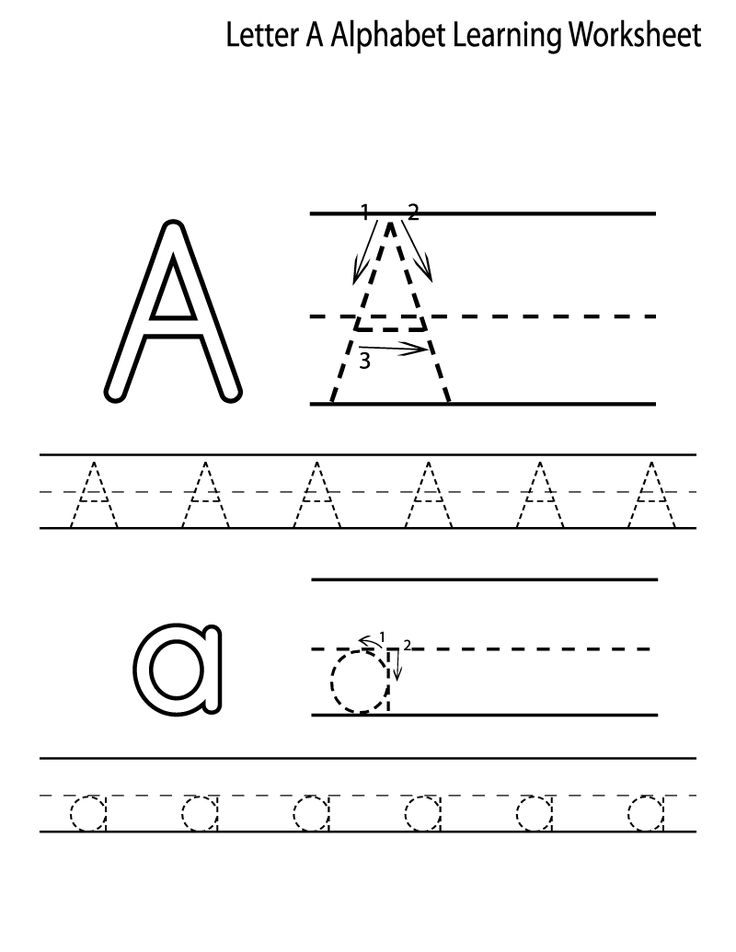

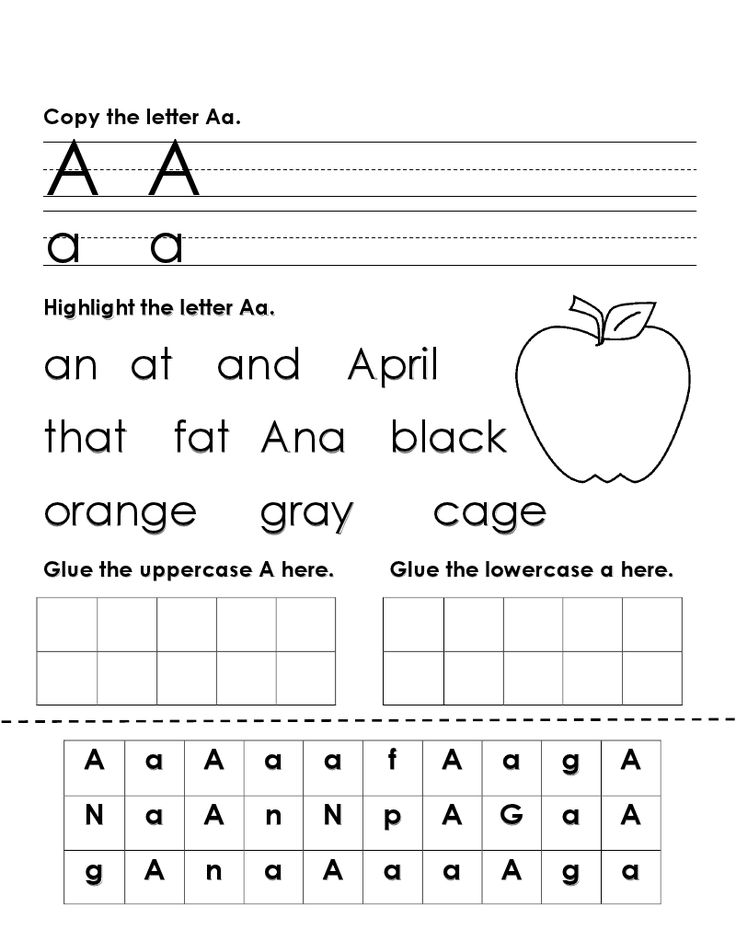
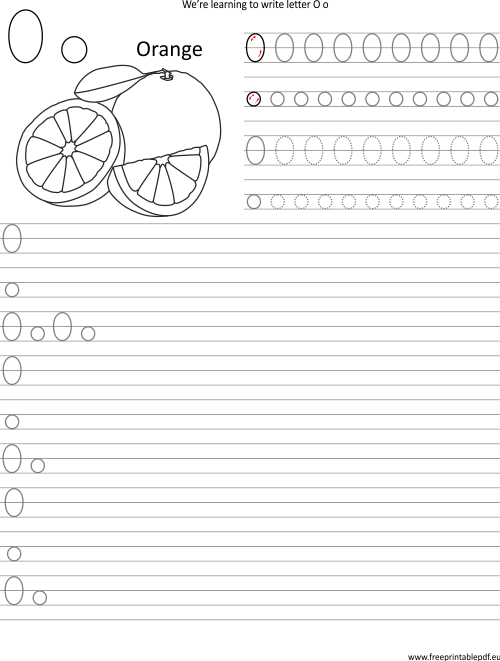 Checking readiness for the lesson
Checking readiness for the lesson 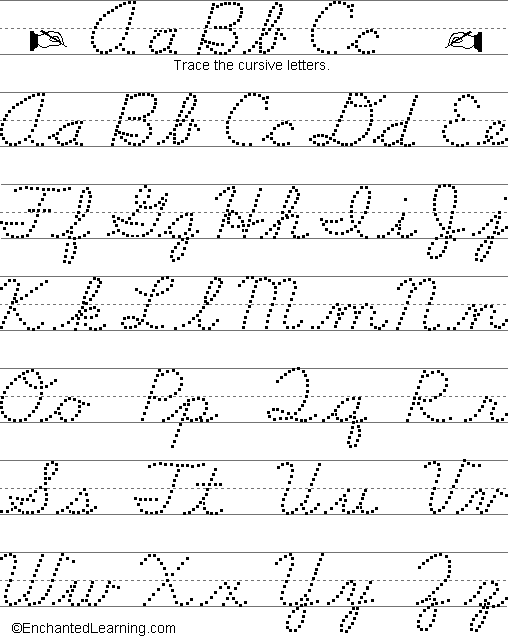
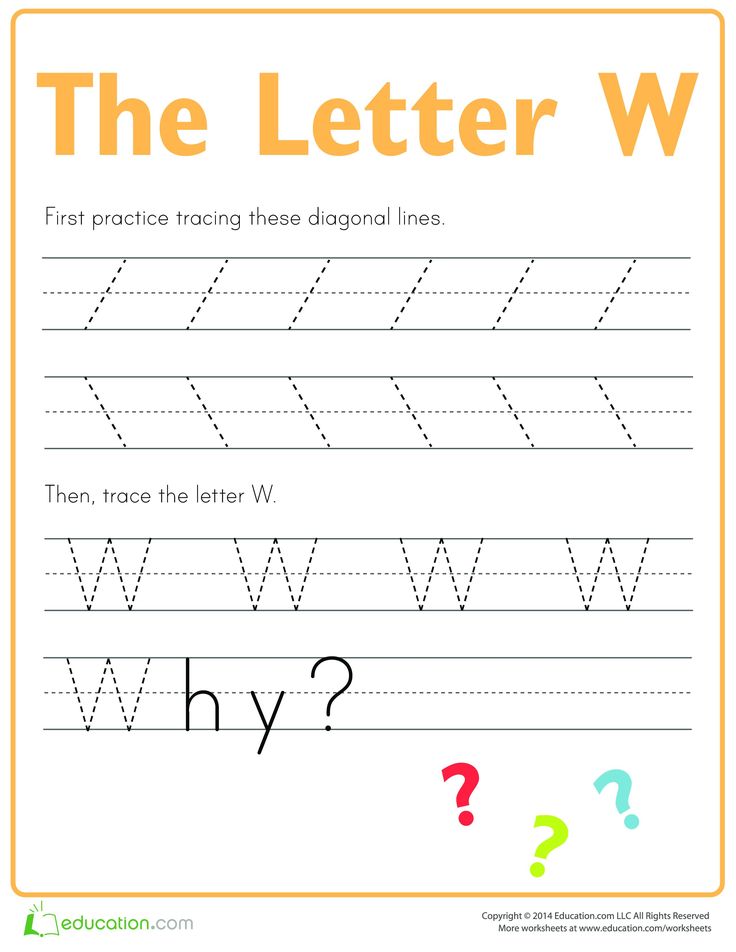 How do you explain it?
How do you explain it? 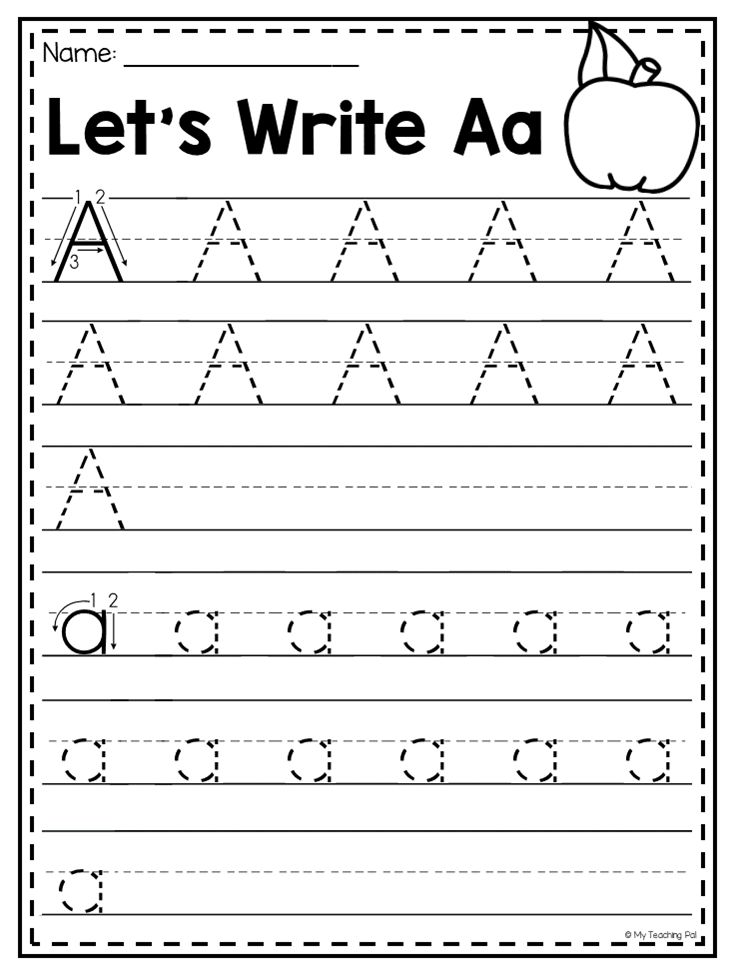
 Correct execution of the exercise for fine motor skills of the fingers
Correct execution of the exercise for fine motor skills of the fingers 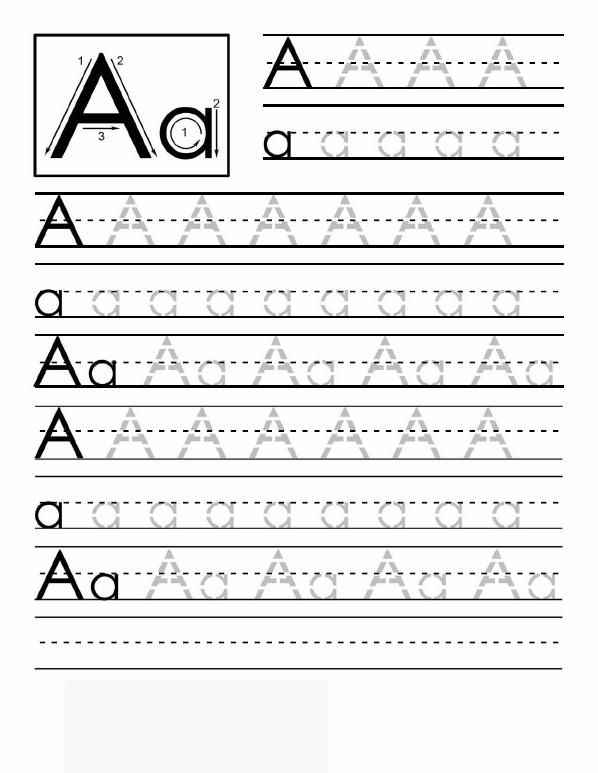 Sinitsina
Sinitsina 

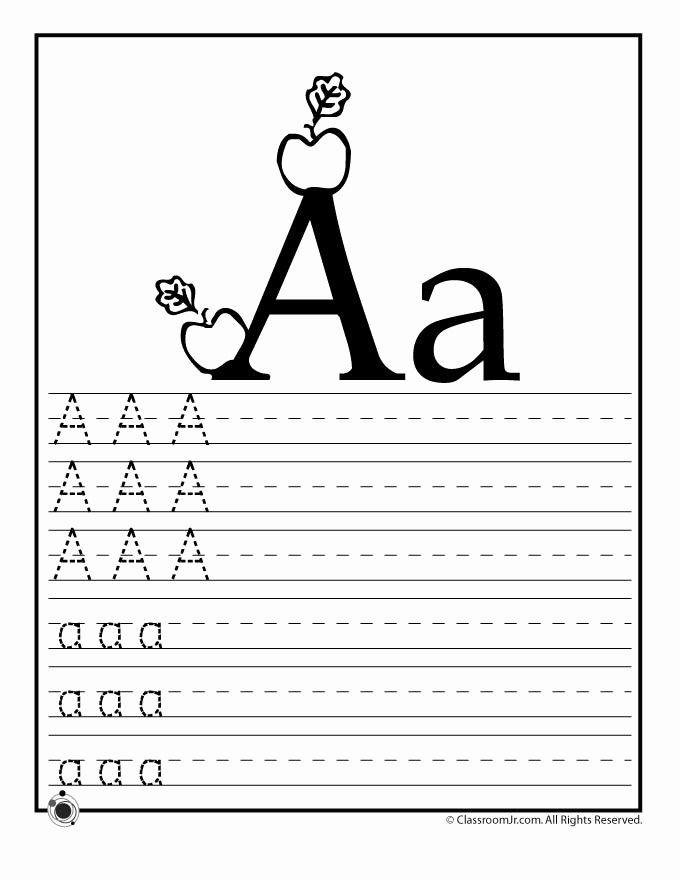 Compare printed and written letters. Write the letter A according to the sample
Compare printed and written letters. Write the letter A according to the sample 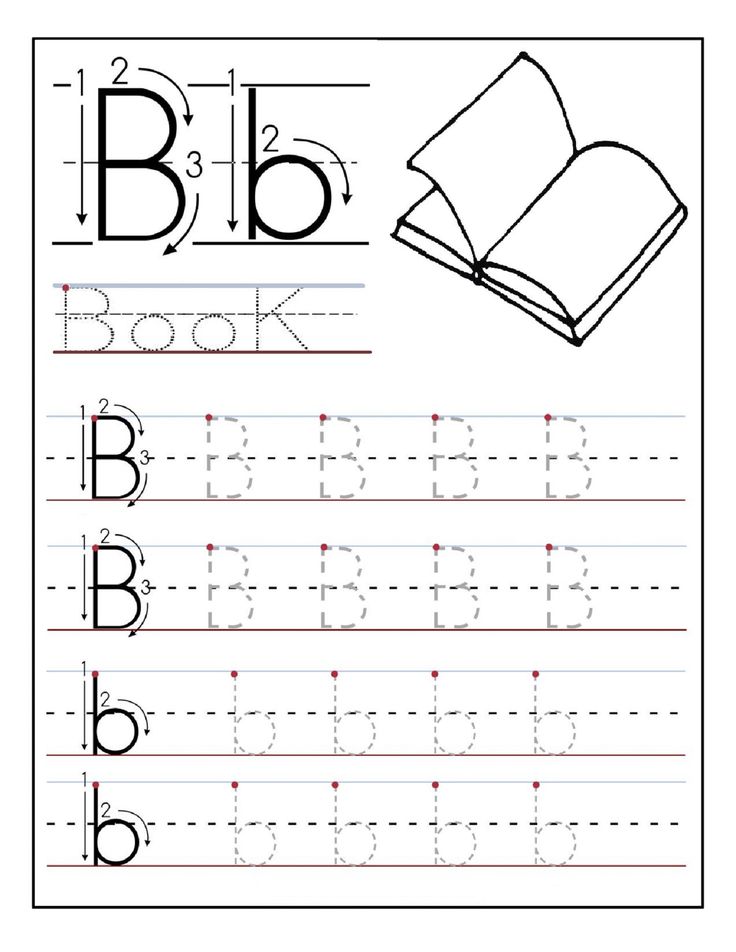
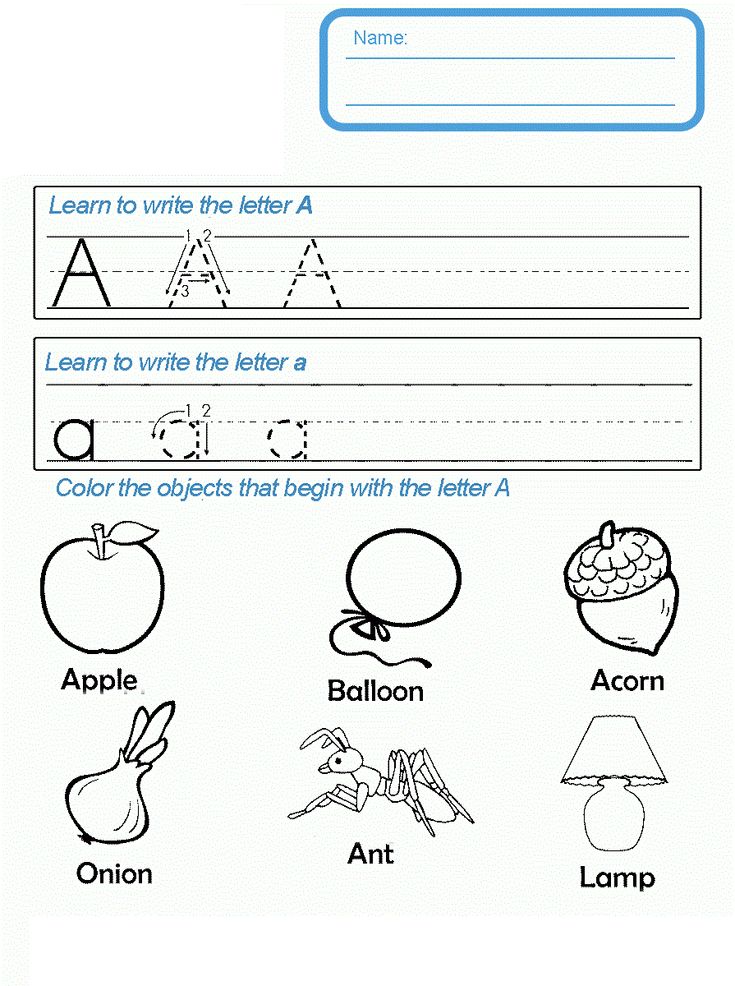 Reflective-evaluative
Reflective-evaluative 